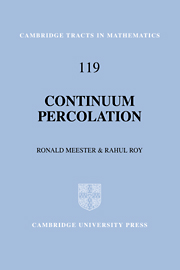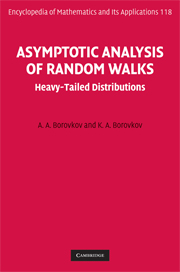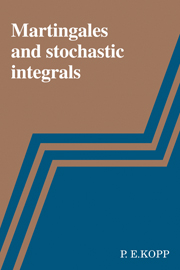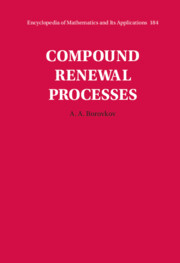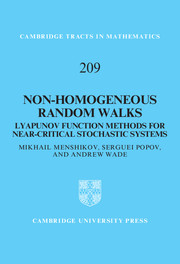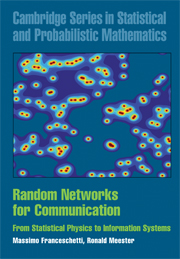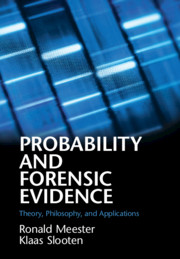Continuum Percolation
Many phenomena in physics, chemistry, and biology can be modelled by spatial random processes. One such process is continuum percolation, which is used when the phenomenon being modelled is made up of individual events that overlap, for example, the way individual raindrops eventually make the ground evenly wet. This is a systematic rigorous account of continuum percolation. Two models, the Boolean model and the random connection model, are treated in detail, and related continuum models are discussed. All important techniques and methods are explained and applied to obtain results on the existence of phase transitions, equality and continuity of critical densities, compressions, rarefaction, and other aspects of continuum models. This self-contained treatment, assuming only familiarity with measure theory and basic probability theory, will appeal to students and researchers in probability and stochastic geometry.
- Mathematically rigorous account of the subject
- The first book on this topic
- Clearly written, self-contained, with illustrations
Product details
October 2015Adobe eBook Reader
9780511898457
0 pages
0kg
26 b/w illus.
This ISBN is for an eBook version which is distributed on our behalf by a third party.
Table of Contents
- Preface
- 1. Introduction
- 2. Basic methods
- 3. Occupancy in Poisson Boolean models
- 4. Vacancy in Poisson Boolean models
- 5. Distinguishing features of the Poisson Boolean model
- 6. The Poisson random-connection model
- 7. Models driven by general processes
- 8. Other continuum percolation models
- References
- Index.

